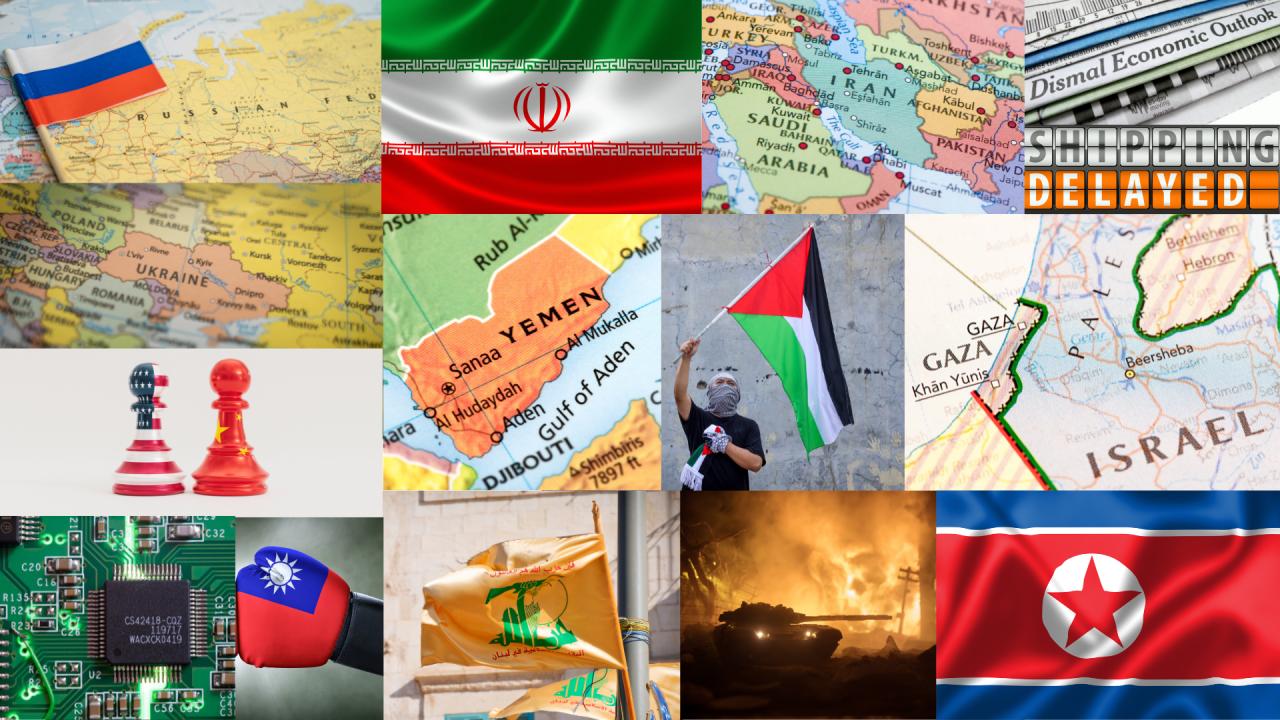Emergence and Strategic Importance of the Middle Corridor Amid Geopolitical Shifts




The Middle Corridor in Current Geopolitical Turbulence
As the world faces a dynamic geopolitical landscape, the Middle Corridor is carving out its place as a vital trade route connecting Europe and Asia. This emerging transcontinental pathway offers a promising alternative to the Northern Corridor, bypassing Russia, and unlocking faster routes to emerging markets with substantial growth potential. The corridor has gained unprecedented prominence in the wake of Russia's invasion of Ukraine, illustrating significant geopolitical shifts in global trade patterns and strategic thinking.
This comprehensive analysis explores how recent geopolitical events have elevated the Middle Corridor's importance as an integral component of the One Belt One Road initiative. Stretching across continents, the Middle Corridor leverages the Trans-Caspian International Transport Corridor as a linchpin in international trade, promising both economic opportunities and regional stability for participating nations. The route serves as more than just a trade passage—it represents a bridge to economic diversification and enhanced resilience.
The corridor's rising importance extends far beyond simple trade facilitation, offering a strategic lifeline for nations seeking to diversify their commercial routes and reduce dependency on Russia-centric pathways. For countries in Central Asia, Azerbaijan, and Georgia, it represents a transformative opportunity to venture beyond basic commodity exports, fostering economic resilience and sustainable growth while enhancing their geopolitical positioning in an increasingly complex international landscape.
The effectiveness of this route hinges on overcoming significant infrastructure and operational challenges, making targeted investments essential for establishing long-term success and maintaining competitiveness in international trade. The potential benefits extend beyond mere economic growth to include enhanced political stability, cultural cooperation, and strategic autonomy across the participating regions.
While the corridor's potential is immense, substantial hurdles remain that require immediate attention and strategic investment. Infrastructure challenges loom large across the entire route, encompassing ports, railways, border crossing points, and logistics facilities. The corridor's success depends on orchestrating three primary categories that steer transit function development: internal efficiency factors, macroeconomic conditions, and international influences.
Securing substantial investments emerges as a critical pillar supporting the Middle Corridor's ambitious aspirations. The enthusiasm to redirect up to 16% of railway traffic between China and Europe by 2030 underscores the gravity of capitalizing on infrastructure opportunities. With projections indicating railway transportation's increasing share from 22% to 26%, the fiscal momentum and strategic importance cannot be overstated.
The World Bank's Logistics Performance Index serves as a robust benchmarking tool to assess trade logistics capabilities across the corridor. This comprehensive metric ranks countries based on six critical dimensions: customs efficiency, infrastructure quality, ease of shipment arrangements, competence of logistics services, ability to track consignments, and timeliness of deliveries. Countries along the Middle Corridor have demonstrated considerable room for improvement in several areas, particularly customs procedures and logistics services optimization.
Container traffic along the Middle Corridor experienced a remarkable surge of 33% between March and October 2022, signaling the route's potential to pivot significant trade flows and reshape regional commerce. However, operational inefficiencies, high costs, and logistical challenges prompted some traffic to revert to traditional sea routes by March 2023, highlighting the critical need for systematic improvements to harness the corridor's full potential.
Despite operational challenges, increased trade turnover has been reported across the corridor, with Kazakhstan and Georgia experiencing growth of 45% and Azerbaijan witnessing an extraordinary 72% surge, primarily driven by booming exports of minerals including crude oil, natural gas, copper, and metals. These economies are actively diversifying their trade portfolios, with other sectors like agriculture, machinery, and electronics also showing significant growth momentum.
For countries like Kazakhstan, Azerbaijan, and Georgia, the Middle Corridor serves as a catalyst for economic transformation, enabling them to shake off their reliance on existing routes while tapping into new markets and orchestrating diverse trade partnerships. The burgeoning trade represents more than statistical growth—it's a testament to the harmonizing potential of international commerce where crude oil, smartphones, automobiles, and agricultural products find new destinations and markets.
Looking ahead to 2030, the corridor is positioned to dramatically increase its share of China-EU rail traffic, potentially handling over 11 million tonnes of freight annually. This ambitious projection relies heavily on the successful implementation of critical infrastructure projects and the resolution of current operational bottlenecks that limit the corridor's efficiency and competitiveness.
The expected growth in cargo flow is primarily driven by Kazakhstan's strategic positioning in the energy export market, with westbound trade underpinning a significant portion of the corridor's dynamics. Rail traffic along this middle passage has the potential to capture substantial market share from existing routes, amplifying the corridor's geopolitical and economic significance.
Nations positioned along this route could witness railway transport's share of trade increase substantially, powered primarily by intensified exchanges and strategic investments in infrastructure modernization. Georgia expects particularly strong growth with the highest projected price increases for its exports, while Kazakhstan continues to leverage its mineral wealth and geographic advantages.
As the Middle Corridor continues to evolve and develop, it embodies a gateway to robust trade diversification and enhanced economic resilience for participating nations. The route represents an odyssey of strategic foresight and bold investments, laying the foundation for a future where geopolitical challenges transform into opportunities for international cooperation and economic innovation.
Comments